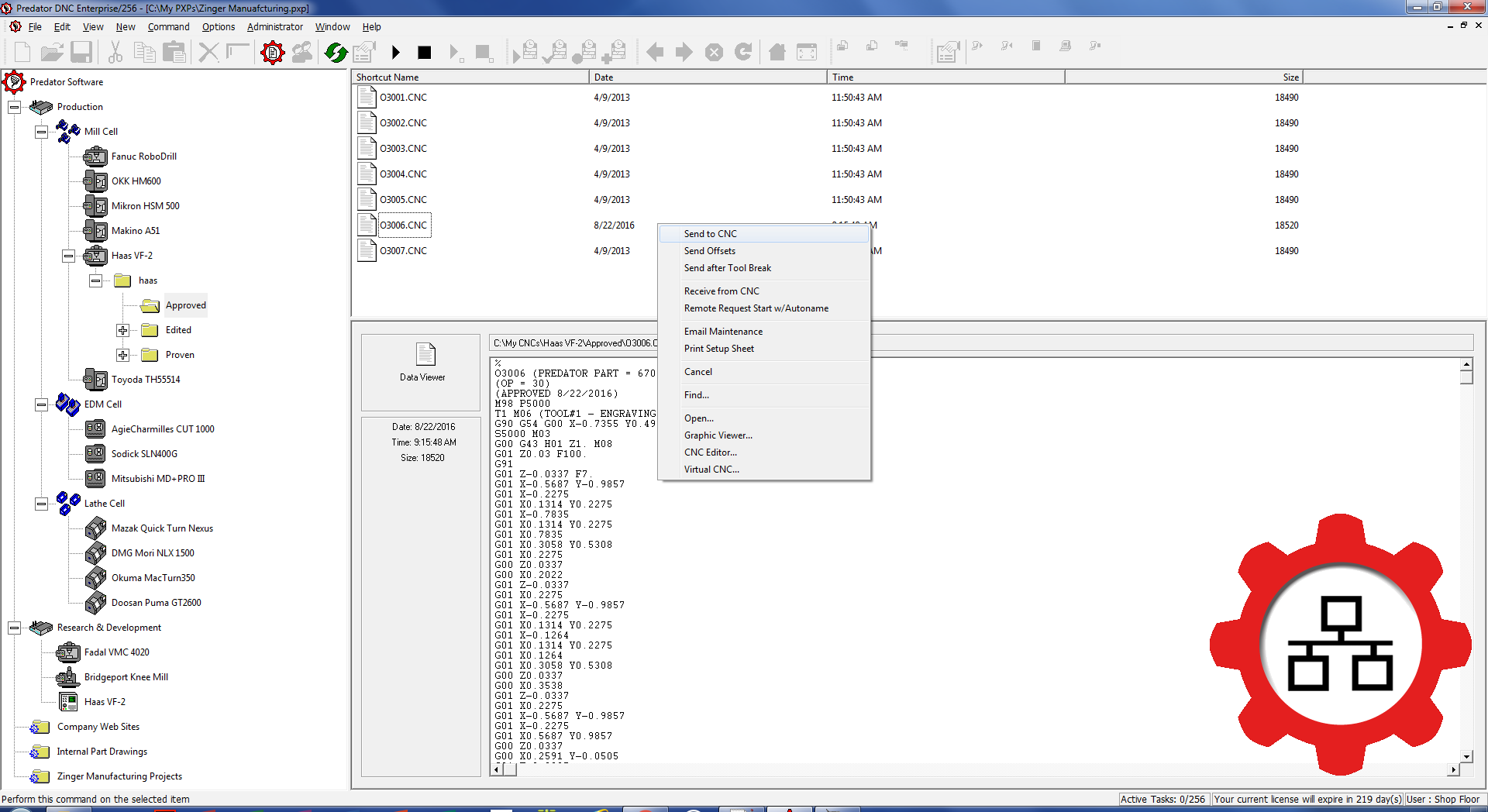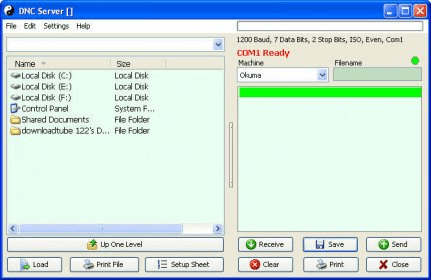
As a result, hackers can divert web users to any other website and gain access to their data.
DNS spoofing: DNS spoofing or cache poisoning introduces corrupt data into the DNS resolver’s cache. Attackers take advantage of the fact that many name servers will respond to queries from any clients. DNS amplification attacks: In a DNS amplification attack, hackers misuse incorrectly configured name servers to amplify their attacks. Redundant infrastructure and appropriate security measures are important means of prevention. Many globally popular websites such as Twitter and PayPal were unavailable for several hours. 
Name servers are also victims of these attacks, such as the attack on the DNS infrastructure of the company Dyn in October 2016.
DDoS attacks on name servers: A Distributed Denial of Service attack (DDoS attack) overloads a server with so many queries that it is no longer accessible or only to a limited extent. The Domain Name System can become a victim of cyberattacks. The server accessed this way transmits the web page files to the browser so that its content can be parsed and displayed. The browser then accesses the website by sending an HTTP request to the IP address. The name server returns the IP address of the relevant domain to the resolver, which passes it on to the browser. At this point, the resolver sends a request to the name server. The Top Level Domain server returns the relevant name server’s IP address. The resolver sends a query to the relevant Top Level Domain. This makes the DNS the telephone book of the internet because it is a directory that enables users to access the IP addresses associated with specific addresses in their browsers. The root server tells the resolver the top-level domain under which it can find information for the website. DNS is the abbreviation for Domain Name System.The Domain Name System converts domain names, which can be read by humans, into IP addresses, which in turn can be read by machines. 
The resolver sends a query to a DNS root server.The user enters the URL of a website (e.g., in his or her browser.I was trying to figure out what these people might be imagining. And obviously data that needed to be kept would have been moved elsewhere. In detail, a DNS query takes place according to the following pattern: In reality, the 'DNC server' was multiple servers and the hardware itself was of limited value after memory dumps and disk images were made.

A DNS query is always required when the computer does not have the address information necessary for accessing a web page in its cache and the internet service provider’s preconfigured DNS service is also unable to resolve the name.






 0 kommentar(er)
0 kommentar(er)
